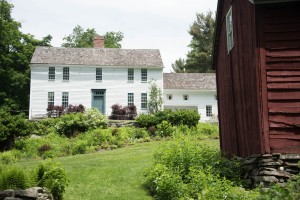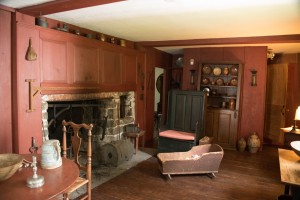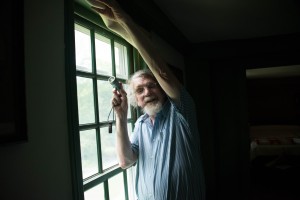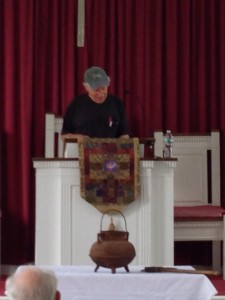
Yale Emeritus Professor of History John Demos explored gender relations in colonial America at a Bidwell House lecture June 20, 2015. He discussed how male-female difference was understood at the time and what that meant for everyday life.
A video of the talk is available on You Tube — Lenox History.
Throughout the talk John emphasized. that the Colonial period covered more than 150 years and that roles evolved over time.
In the Colonial era women were largely defined by what they lacked – powers of reason and moral discipline (fear of witches in its most primitive form). Only about 30% of women were literate vs. 60-70% of men and it was women’s role to receive guidance from men — even as to child rearing.
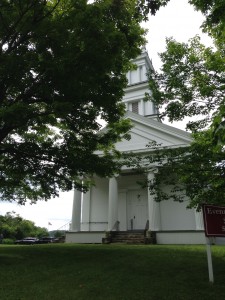
However, somewhat in contradiction, women were also though of as “help mate.” Their role was to be self sacrificing and to help others – but not necessarily passive. Women would have been quite active in household management and for many of the home industries on which the local Colonial economy depended. These responsibilities included production of textiles, candle making, basket making, care of domestic animals tending the family garden, care of young children and for home medical care. When the husband was absent, the wife would be expected to act in his stead as a “deputy husband.”
The male-female dependency of Colonial household in early New England is demonstrated by the high marriage rate – there were almost no single person households in that era. There were fewer females than males but the imbalance was less than it had been in the south. As a frontier society, there would have been more need for everyone to pitch in to survive and it is likely New England females enjoyed more status than their counterparts in the mother country.
By the 19th century women had become more the rearers of children and had become more instrumental in administration of the church. Literacy among women probably had improved by this time and many women were involved in home education. Increasingly men were out of the home for work and women ran the household. Men and women started to have more distinct and separate spheres of influence.
